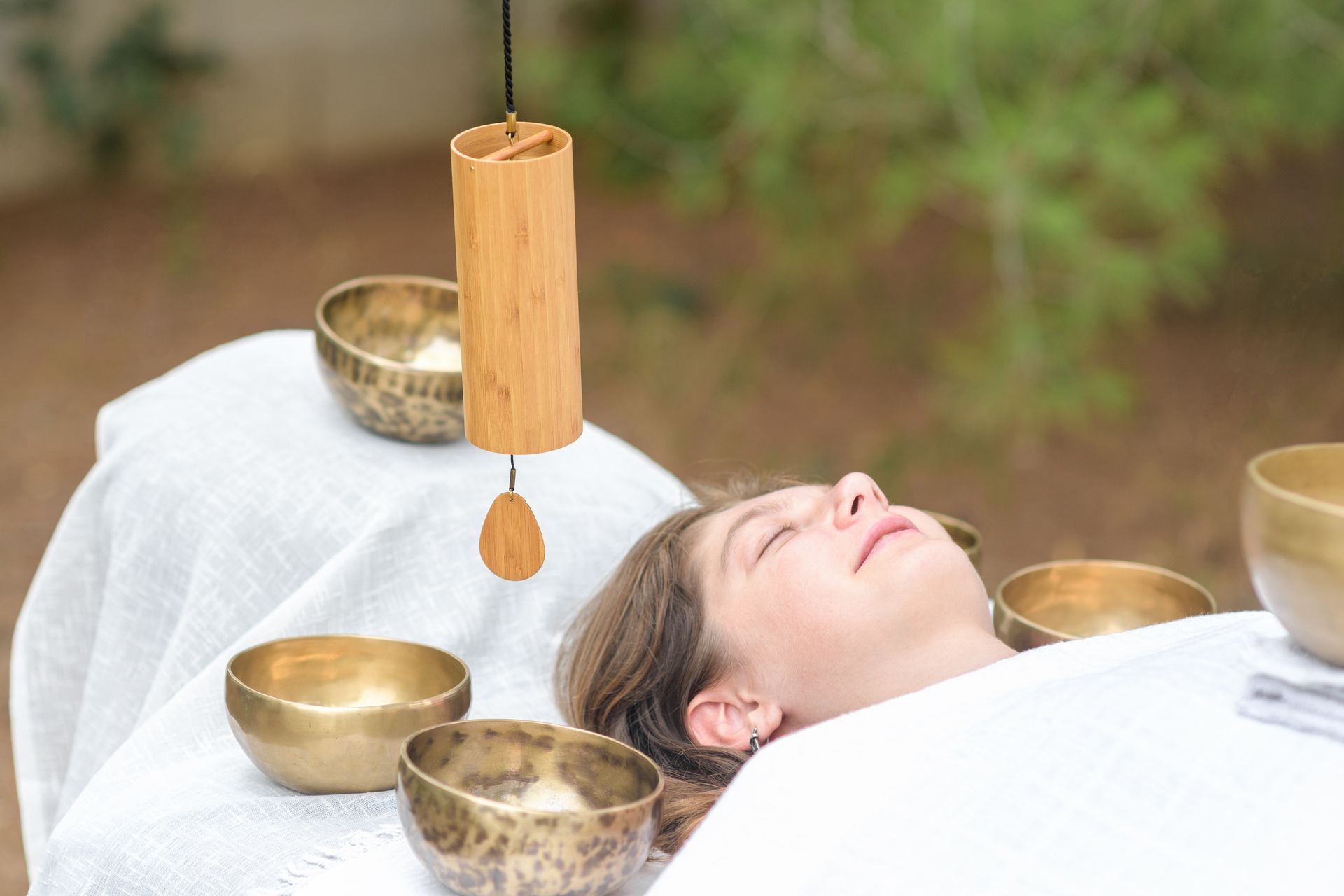Harmonize Mind and Body with Sound Healing
Sound Healing offers a nurturing experience that uses sound frequencies to enhance your physical, emotional, and spiritual well-being. Ideal for those seeking stress relief and emotional release, this service creates a comforting soundscape with instruments such as Tibetan singing bowls, crystal bowls, gongs, and chimes. Each instrument's unique vibrations resonate with the body's energy centers,
fostering a state of relaxation.
Perfect for individuals desiring mental clarity or improved sleep quality, Sound Healing taps into sound's soothing power to harmonize your energy pathways. This holistic practice provides a peaceful retreat, inviting you to find balance and tranquility within the gentle embrace of sound. Book an appointment and enjoy your session at Nu-U Float Studio and Health Bar in Brantford.
Frequently Asked Questions
Explore common questions about our Sound Healing service. If you need further clarification, feel free to contact us directly. Our team is here to assist you with any inquiries you may have.
Explore Our Other Wellness Services
At Nu-u Float Studio, we offer a diverse range of holistic wellness services designed to promote relaxation and rejuvenation. Our therapeutic approaches aim to enhance both physical and emotional well-being, providing a serene escape from the stress of daily life.



